Top 20 NREL Stories of 2020
National Renewable Energy Laboratory (NREL) researchers and staff reached countless goals and achieved numerous successes in science, partnerships, and technology commercialization in 2020, from breaking world records to launching new initiatives. Here are just a few of the highlights. Click on each headline to read more.
1. Declining Renewable Costs Drive Focus on Energy Storage
January 2
An oft-repeated refrain—the sun does not always shine, is sometimes seen as an impediment to renewable energy. But it is also an impetus toward discovering the best ways to store that energy until it is needed.
2. How NREL Is Fanning the Sparks of Innovation
January 28
During fiscal year 2019, NREL filed a record 124 patent applications and counted a record 233 disclosures—a category that includes 161 records of invention and 72 software records.
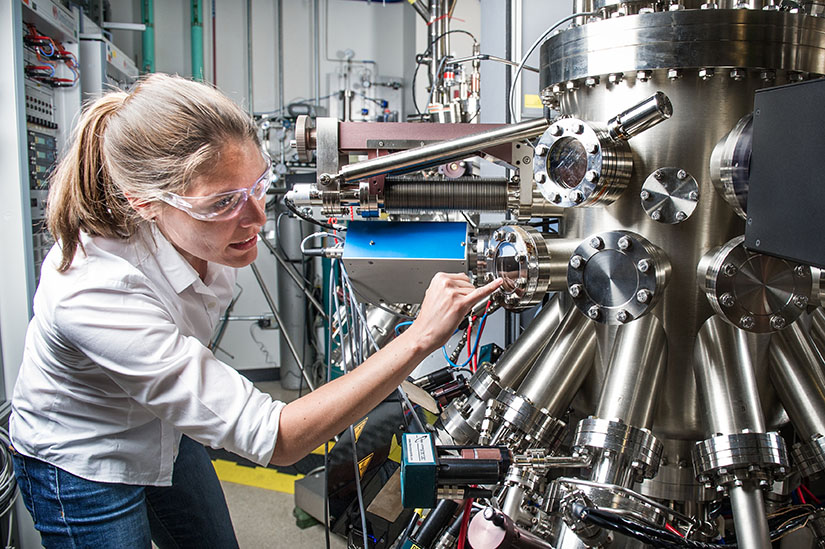
3. Co-Optima Leads High-Speed Chase for Co-Optimization of Fuels and Turbocharged Spark-Ignition Engines
March 30
A new report summarizes findings from the first phase of the Co-Optimization of Fuels & Engines initiative, which focused on turbocharged spark-ignition engines for light-duty vehicles, identifying the fuel properties and engine parameters that mitigate knock and emissions, while maximizing efficiency and performance.
4. NREL Six-Junction Solar Cell Sets Two World Records for Efficiency
April 13
Scientists at NREL fabricated a six-junction solar cell that now holds the world record for the highest solar conversion efficiency at 47.1%, which was measured under concentrated illumination. A variation of the same cell also set the efficiency record under one-sun illumination at 39.2%.
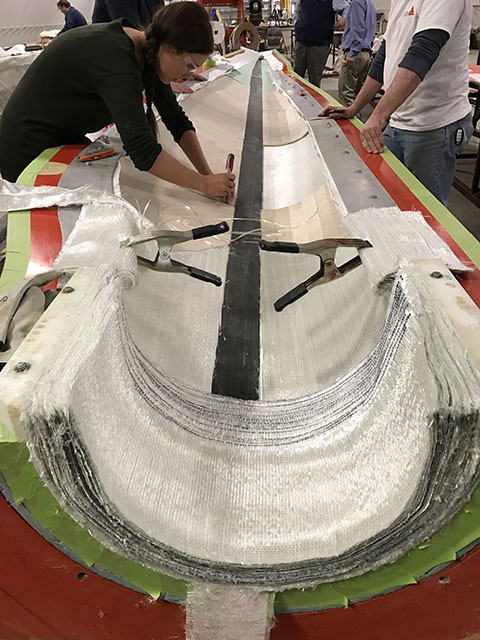
5. Greening Industry: Building Recyclable, Next-Generation Turbine Blades
April 21
NREL's pioneering thermoplastics work is helping close the circle, ensuring today's blades become tomorrow's blades, too.
6. 50th Anniversary of Earth Day Puts NREL Research in Focus
April 22
Five decades ago, an idea sprouted into an event that grew into a movement, which we now recognize as Earth Day—a global day of awareness and a celebration of principle, responsibility, and sustainability. NREL's second director, Denis Hayes, played a key role in its creation, coordinating the first Earth Day in 1970.
7. Blockchain: Not Just for Bitcoin
May 14
A common vision for the future of the nation's energy grid involves homeowners selling unused power generated from rooftop solar panels to others in their communities and working together to help ensure the reliability, resiliency, and security of the power grid everyone uses. But how can the grid manage such complex energy transactions at scale? Several emerging solutions rely on blockchain technology.
8. Inertia and the Power Grid: A Guide Without the Spin
May 28
A new video and report explain the historical role of inertia in maintaining a reliable power system—and how that role is changing as the grid evolves.
Watch this explainer video to learn about inertia’s role in maintaining a reliable power grid and how reliability can still be maintained on future grids with more wind and solar—and thus less inertia. Text version
9. NREL, CCHRC Combine Forces to Increase Research in Arctic Region
June 8
NREL is growing its mission space through an expanded collaboration with Alaska's Cold Climate Housing Research Center (CCHRC), based in Fairbanks, Alaska. CCHRC has 20 years of experience designing energy efficient, healthy, culturally appropriate homes in some of the harshest conditions on Earth.
10. Scientific Collaboration Buoys Future of Offshore Wind
June 10
Offshore wind, with its potential for domestic electricity-generating capacity of more than 2,000 gigawatts, could supply enough electricity to meet the needs of the entire United States twice over. NREL researchers are working with partners to make reliable, affordable, and accessible offshore wind energy a reality.
11. From Safer Space Travel to Improved Fisheries Monitoring: Wave Energy Modeling Tool Helps Design Tomorrow's Tech
June 16
NASA is using WEC-Sim (Wave Energy Converter Simulator), an open-source code developed by NREL and Sandia National Laboratories, to ensure NASA’s Orion Crew Module uprights and remains upright upon landing in the ocean.
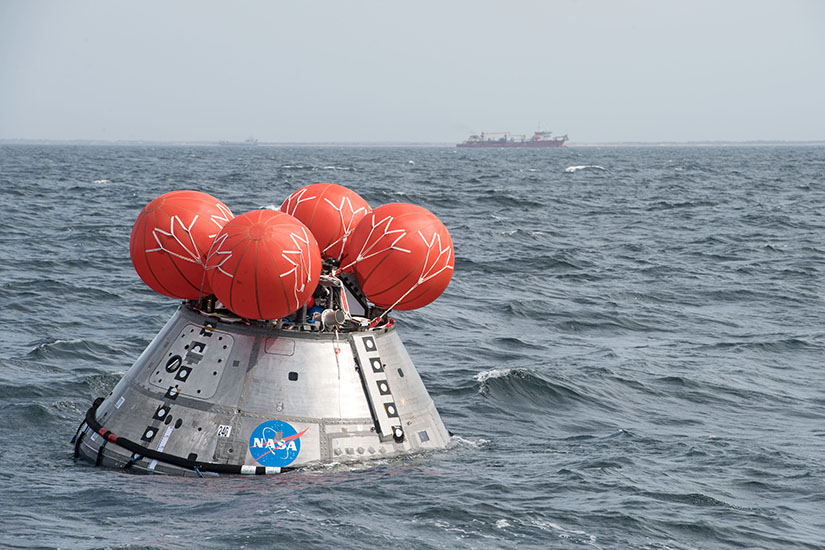
12. NREL Cleans Up with FY19 Technology Commercialization Fund Awards
June 26
This year, DOE funded 21 NREL submissions—worth more than a total $6.8 million—through its Technology Commercialization Fund, accounting for 25% of all funded projects, more than any other DOE national laboratory and improving upon NREL's 2018 total of 16.
13. NREL Acts as Local Economic Stabilizer while Transforming Energy Around the World
July 7
Located in Jefferson County, Colorado, which is part of metropolitan Denver, NREL has seen its economic impact on the county climb by more than 218% during the seven-year span from fiscal year 2012 to fiscal 2019.
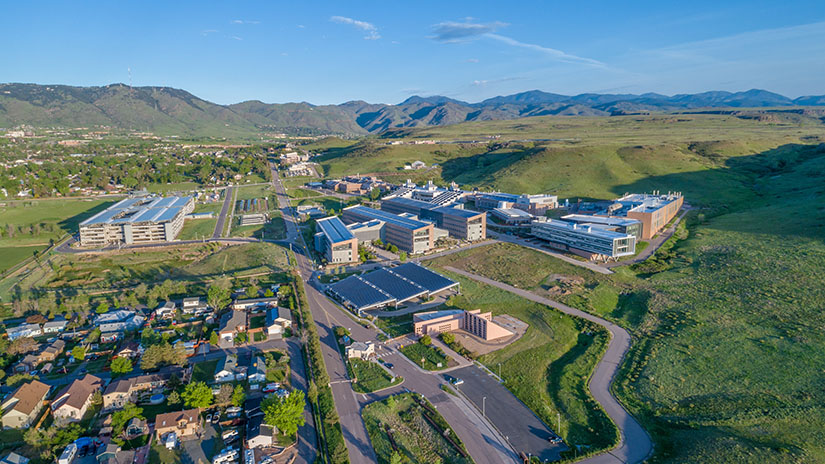
14. Machine Learning Approach Produces 50X Higher-Resolution Climate Data
July 7
Researchers at NREL have developed a novel machine learning approach to quickly enhance the resolution of wind velocity data by 50 times and solar irradiance data by 25 times—an enhancement that has never been achieved before with climate data.
15. ARIES and RAIL Promise To Advance Renewable Energy Innovation and Integration
August 13
Secretary of Energy Dan Brouillette introduced two new acronyms to NREL’s lexicon: RAIL and ARIES. RAIL stands for Research and Innovation Laboratory, while ARIES is short for Advanced Research on Integrated Energy Systems.
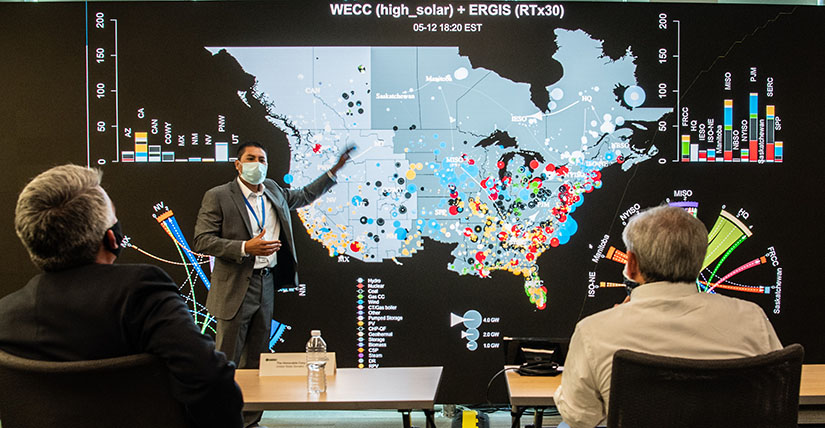
16. NREL, ExxonMobil Teams Imagine, Research New Solutions for Tomorrow's Energy Challenges
August 18
A year into their unique collaboration, NREL and ExxonMobil are navigating a multi-pronged effort toward a future where clean-burning biofuels replace some petroleum-based fuels.
17. R&D 100 Awards Honor Six NREL Innovations
October 2
R&D World magazine presented NREL with four of its annual R&D 100 Awards for research innovations. In addition to the R&D 100 winners, two additional NREL technologies were given Special Recognition Awards for being “market disruptors.”
18. NREL To Lead New Lab Consortium To Enable Low-Cost Electrolyzers for Hydrogen Production
October 8
The H2NEW consortium will conduct research and development to enable large-scale manufacturing of affordable electrolyzers that use electricity to split water into hydrogen and oxygen.
19. BOTTLE Consortium Launches To Change the Way We Recycle
October 20
The BOTTLE consortium will focus on two critical problems that are both essential to tackle the plastics pollution problem. The first challenge is how to upcycle today's waste plastics in a way that incentivizes their reclamation. The second undertakes the challenge of wholly redesigning tomorrow's plastics to be recyclable-by-design.
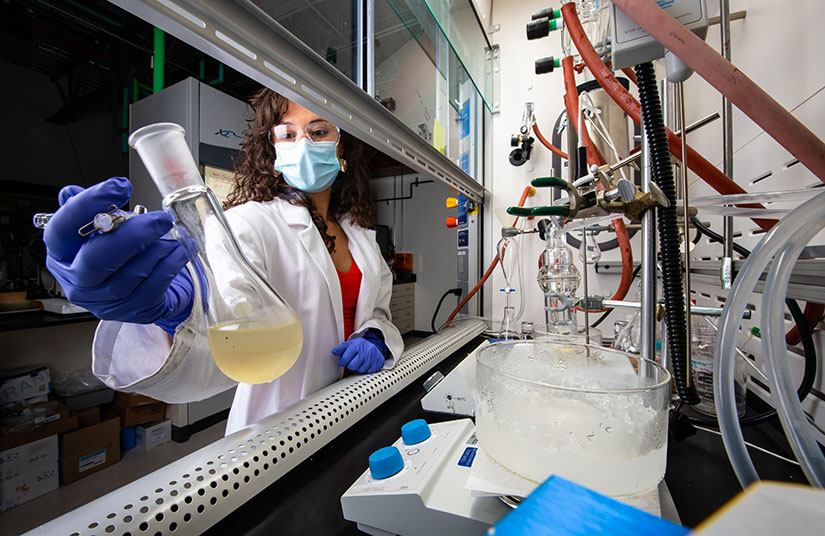
20. Wells Fargo Invests $20M To Extend Highly Successful IN2 Incubator Program Through 2024
December 1
Now in its seventh year, the Wells Fargo Innovation Incubator (IN2) is now a $50 million program, designed from the start to consider a diverse cross section of start-ups, collect them into cohorts, connect them with technological expertise, and accelerate their clean technologies to the marketplace.
The above accomplishments are only a snapshot of all the amazing research and collaboration
taking place each day at NREL. Visit our News webpage to discover more ways that NREL researchers are advancing the science, development,
commercialization, and deployment of renewable energy and energy efficiency technologies.
Thank you to all who helped shape 2020 into a successful year for renewable energy! We are excited to continue transforming energy in 2021 and beyond.
Last Updated May 28, 2025
